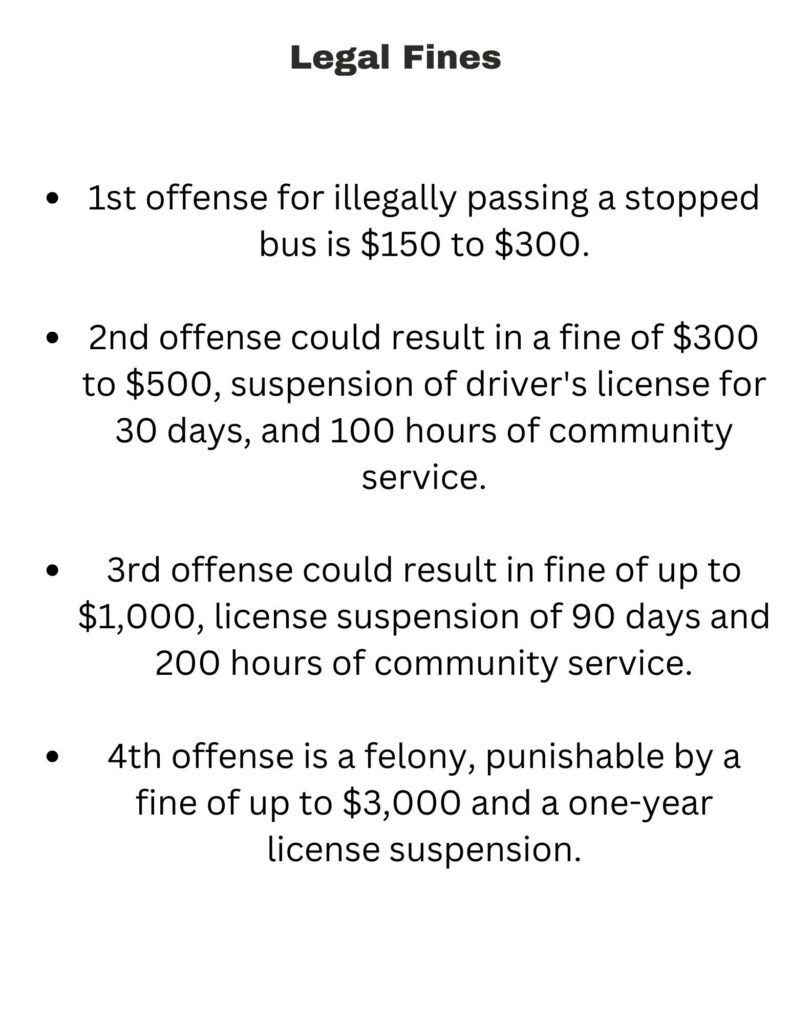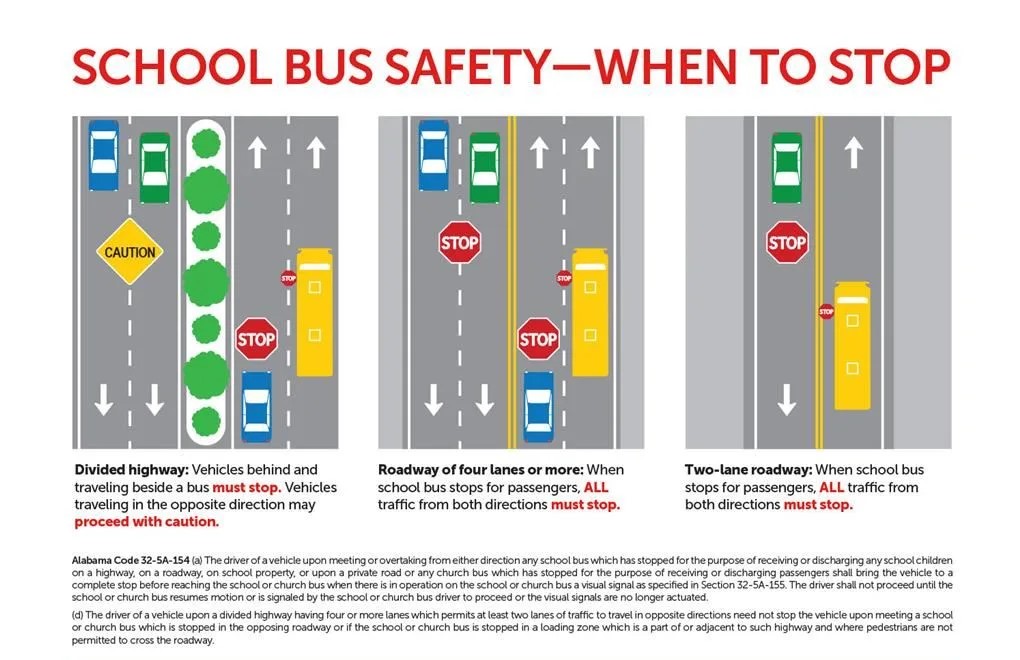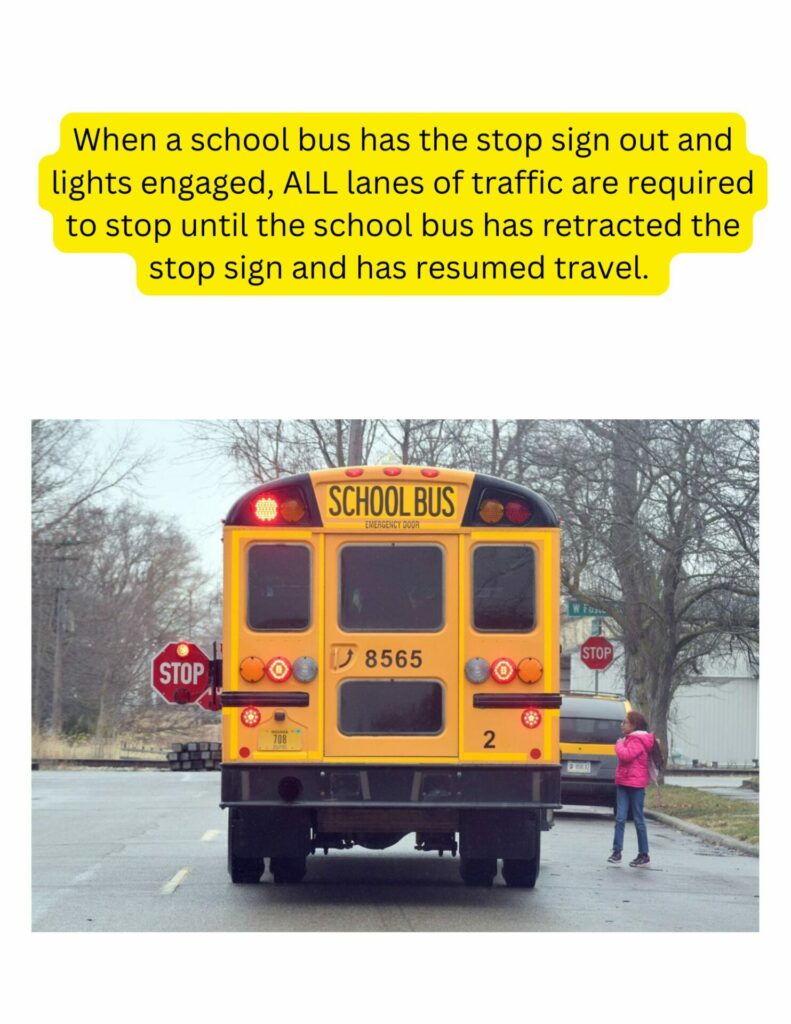The Centre Police Department has been receiving numerous complaints about people not stopping for school buses.
According the the Centre Police:
“We have received multiple complaints of vehicles not stopping for school buses while loading or unloading children. We will be implementing extra patrol and exercising ZERO TOLERANCE. This means we will be writing tickets, not warnings.”



According to the National Highway Traffic Safety Administration:
School buses are the safest form of highway transportation.
The most dangerous part of the school bus ride is getting on and
off the school bus.
Pedestrian fatalities (while loading and unloading school buses)
account for approximately three times as many school bus-related
fatalities, when compared to school bus occupant fatalities.
The loading and unloading area is called the “ Danger Zone” .
The “ Danger Zone” is the area on all sides of the bus where
children are in the most danger of not being seen by the driver
(ten feet in front of the bus where the driver may be too high to
see a child, ten feet on either side of the bus where a child may
be in the driver’ s blind spot, and the area behind the school
bus).
More than half of the pedestrian fatalities in school bus-related
crashes are children between 5 and 7 years old in 1999.
Young children are most likely to be struck because they:
o Hurry to get on and off the bus
o Act before they think and have little experience with traffic
o Assume motorists will see them and will wait for them to
cross the street
o Don’ t always stay within the bus driver’ s sight
Studies have shown that many drivers illegally pass stopped
school buses that are loading/unloading students.
Students riding a school bus should always:
Arrive at the bus stop five minutes early.
Stand at least 5 giant steps (10 feet) away from the edge of the
road.
Wait until the bus stops, the door opens, and the driver says it’ s
okay before stepping onto the bus.
Be careful that clothing with drawstrings and book bags with
straps or dangling objects do not get caught in the handrail or
door when exiting the bus.
Walk in front of the bus; never walk behind the bus.
Walk on the sidewalk or along the side of the road to a point at
least five giant steps (10 feet) ahead.
Be sure the bus driver can see you, and you can see the bus
driver.
Stop at the edge of the bus and look left-right-left before crossing.
Tell the bus driver if you drop something beside the bus. Should
you try to pick it up, the bus driver may not see you and drive into
you.
During the school bus ride:
Always sit fully in the seat and face forward
DO NOT distract the driver
Never stand on a moving bus
Obey the driver
Speak in a low voice
NEVER stick anything out the window — arms, legs, head,
bookbags, etc.
Motorists Should:
Be aware it is illegal in every state to pass a school bus stopped
to load/unload students.
Know and understand laws governing motorist’ s driving
behavior near a school bus.
Learn the “ flashing signal light system” that school bus drivers
use to alert motorists if they are going to stop to load/unload
students.
o Yellow flashing lights indicate the bus is preparing to stop to
load or unload children.
o Motorists should slow down and prepare to stop their
vehicles.
o Red flashing lights and extended stop arms indicate that the
bus has stopped, and that children are getting on or off.
Motorists MUST stop their cars.
Begin moving only when the red flashing lights are turned off, the
stop arm is withdrawn and the bus begins to move.
Watch out for young people who may be thinking about getting to
school, but may not be thinking about getting there safely.
Slow Down. Watch for children walking in the street, especially if
there are no sidewalks in the neighborhood. Watch for children
playing and gathering near bus stops.
Be Alert. Children arriving late for the bus may dart into the street
without looking for traffic.




